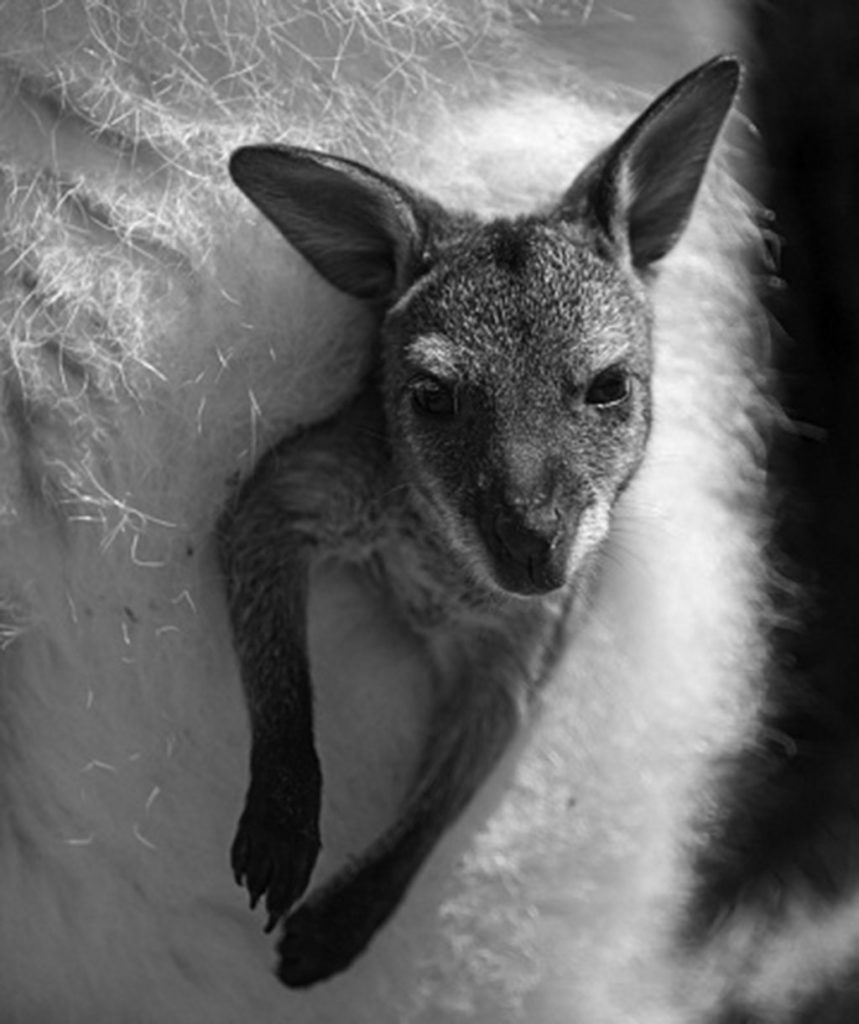The ultimate smoothie
Baby marsupials nurse on hopped-up milk

Modern mothers, whether they be human or mouse, might be forgiven for envying marsupial mamas. Rather than enduring a long pregnancy and the birth of a relatively well-developed — and comparatively large — baby, kangaroos, wallabies and their ilk blithely pop out offspring after pregnancies measured in days rather than months.
These tiny, almost formless creatures then make their own intrepid way up to the mother’s pouch to nestle politely and nurse for sometimes as long as a year.
For decades, researchers assumed that this premature eviction from the womb left little or no role for the placenta, an organ that forms in the uterus of most mammalian mothers during their pregnancy. It links the mother’s physiological processes with those of the fetus to support the many stages of fetal development. Recently, however, it has become apparent that marsupials do sport their own, rudimentary version of this important organ.
Now researchers at the Stanford University School of Medicine and the University of Melbourne in Australia have learned that female tammar wallabies produce proteins for later-stage fetal development in their mammary glands — a kind of handoff of the developmental baton from womb to teat that suits their unique, savanna-hopping lifestyle.
“Although the placentas of humans, cows or mice are extraordinarily different from those of marsupials, the animals are fulfilling the same necessary functions in different ways,” says Julie Baker, PhD, professor of genetics at Stanford.
Baker shares senior authorship of the study, which was published online Sept. 12 in eLife, with Marilyn Renfree, PhD, a professor of zoology at the University of Melbourne. The lead author is Stanford graduate student Michael Guernsey.
“Essentially, we’re trying to understand how the placenta evolved in the first place,” says Guernsey. “We’re finding that we can begin to identify rudimentary placentas in other species as well, like lizards and fish. It will be really interesting to see whether, in this completely different evolutionary landscape, these functions are still conserved in ways that make sense for that animal.”

